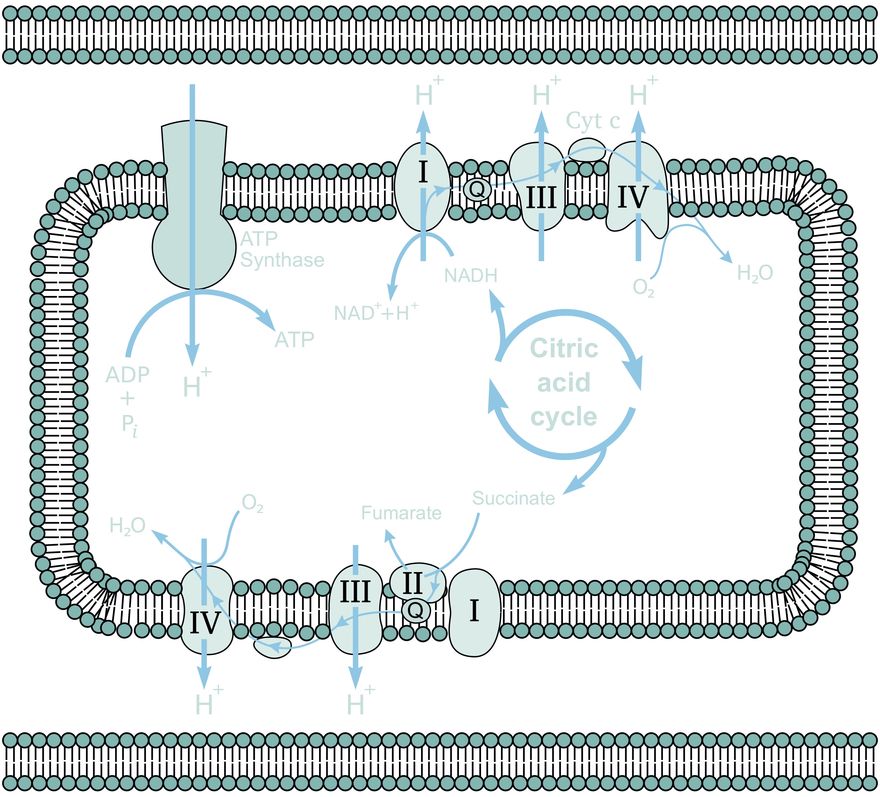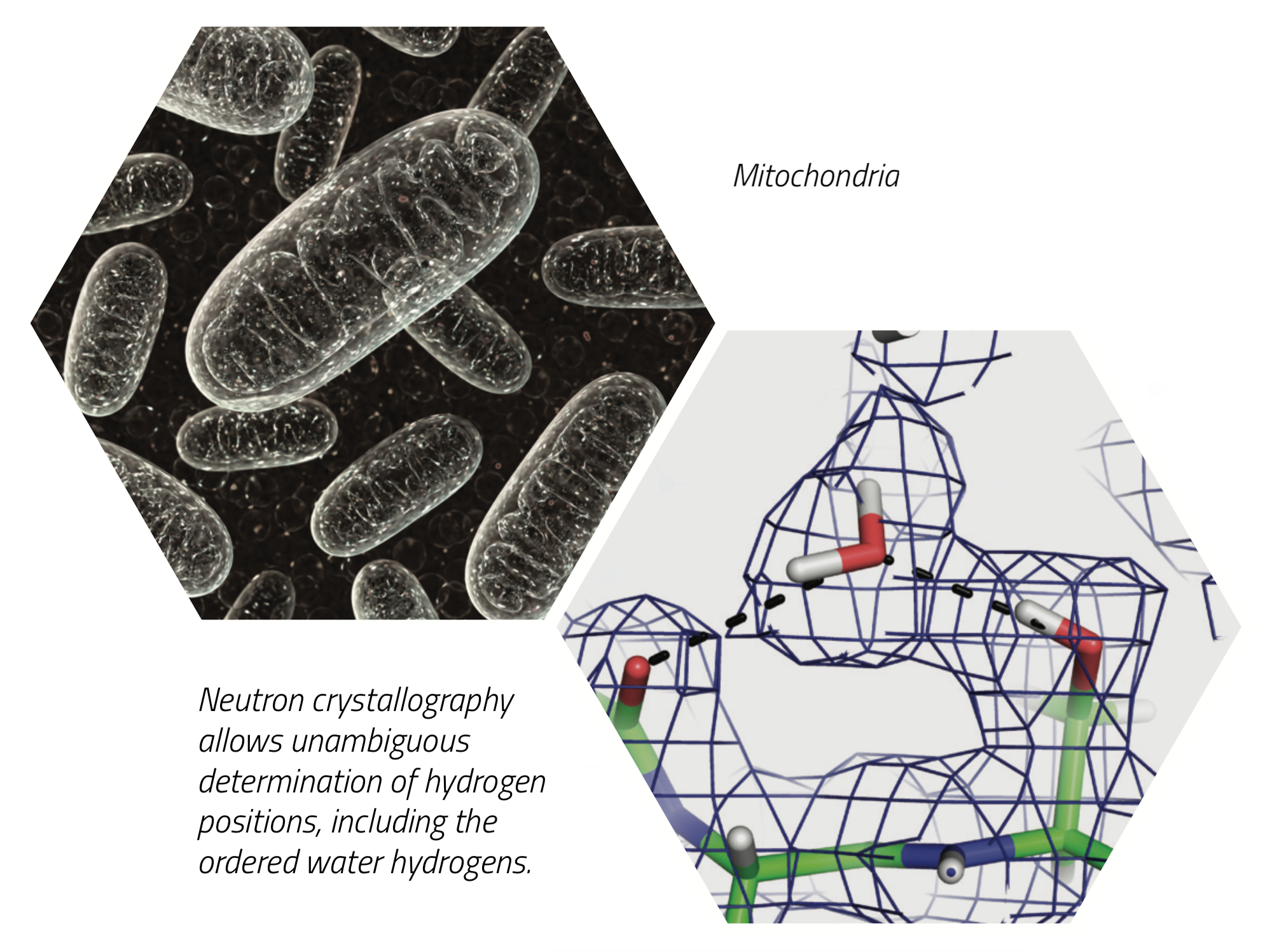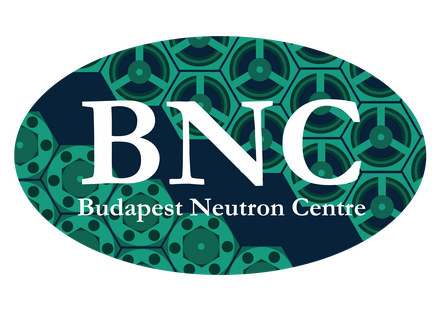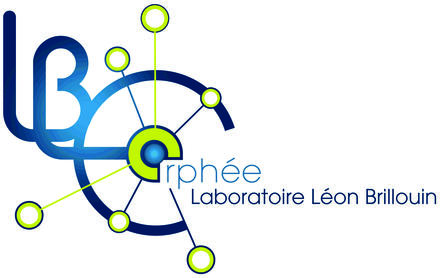
Exploring the powerhouse of life
How do our bodies process energy to keep us alive and well?
The European Spallation Source will shine new light on the mechanisms in play.
The conversion of energy inside the body – known as energy metabolism, or respiration – is the explosive set of chemical transformations within cells that keeps us living, and allows us to grow and reproduce. Strikingly, the same basic metabolic principles are employed by small, simple species like E. coli bacteria through to large mammals. A deeper understanding of these metabolic processes will help us to better comprehend what keeps us all alive.
Energy metabolism takes place in our mitochondria, often called the powerhouses of the cells. By converting the energy stored in the food we eat to energy for our bodies to use, mitochondria sustain life. At the core of this process is a set of large protein complexes lodged in membranes inside the mitochondria. These proteins work together to convert, store and release energy as needed.
The main tool used by the proteins for energy metabolism is positively charged hydrogen ions. By maintaining a higher concentration of hydrogen ions outside the membrane than inside it, energy is stored – much like water behind a dam. Some proteins release these hydrogen ions in a controlled manner by letting them flow to the area of lower concentration; this drives the generation of high-energy molecules that can be used as fuel elsewhere in the body. Meanwhile, other proteins maintain the concentration difference by actively pushing hydrogens across the membrane to the area of higher concentration. They accomplish this by utilising energy made available by spontaneous biochemical reactions.
Understanding the mechanisms by which these energy conversions work is key to understanding the dynamic chemistry of life. In fact, metabolism is increasingly being coupled to overall wellbeing, and understanding more about these fundamental mechanisms will enable us to address ageing and health issues at a molecular level in the future.
What will we see at ESS?
Unlike X-rays, neutrons can pinpoint the exact locations of the hydrogens within a protein structure. This is highly relevant information for all biological samples, but progress has been limited by the neutron flux available at current sources – crystalline protein samples are typically very small, requiring higher flux to yield information.
The high brightness of ESS will relieve that bottleneck, opening up not only the energy-converting proteins described here but large sectors of life science to neutron scrutiny. The dedicated life-science instrument at ESS, NMX, will reveal hydrogen positions even when they’re buried deep within very large and complicated structures.
Scientists probing mitochondrial proteins with NMX will be able to picture the hydrogen transport process in different stages. This will give them the chance to unravel the mechanisms at work, exposing the secret of nature’s energy economy.
Beyond energy metabolism
NMX at ESS is well placed to answer a range of biological questions, providing insights into the chemistry of ageing, health and disease.
Mapping the interactions between drug candidates and drug targets, for example, will enhance structure-based drug development – an approach that has become central to the discovery of new medicines.
Pinpointing the hydrogens is pivotal to understanding and predicting these interactions, and discoveries made possible by NMX will help medicinal chemists achieve a perfect fit between the drug and the target protein.
NMX will also be able to probe the other side of energy metabolism: photosynthesis. Here, solar energy is converted into chemically bound energy, trapping it in our ecosystem. This generates the food we eat and the biofuels we need, as well as the oxygen we breathe. Photosynthetic systems can also be viewed as blueprints for harvesting solar energy. Understanding more about this fundamental process will help to solve environmental challenges and contribute to the development of sustainable food and clean energy systems.
NMX
NMX is a macromolecular diffractometer designed to explore large biological molecules down to the atomic level. It will make important contributions to our knowledge of fundamental biological processes in the life, plant and environmental sciences, as well as enable the discovery of new pharmaceuticals.
Fifteen instruments are currently under construction at ESS.
The in-kind partner institutions collaborating with ESS to design and build NMX are:
This feature is part of an ongoing Future Science series; a set of stories highlighting some of the research opportunities that will be made possible by instruments currently under construction at ESS.



































